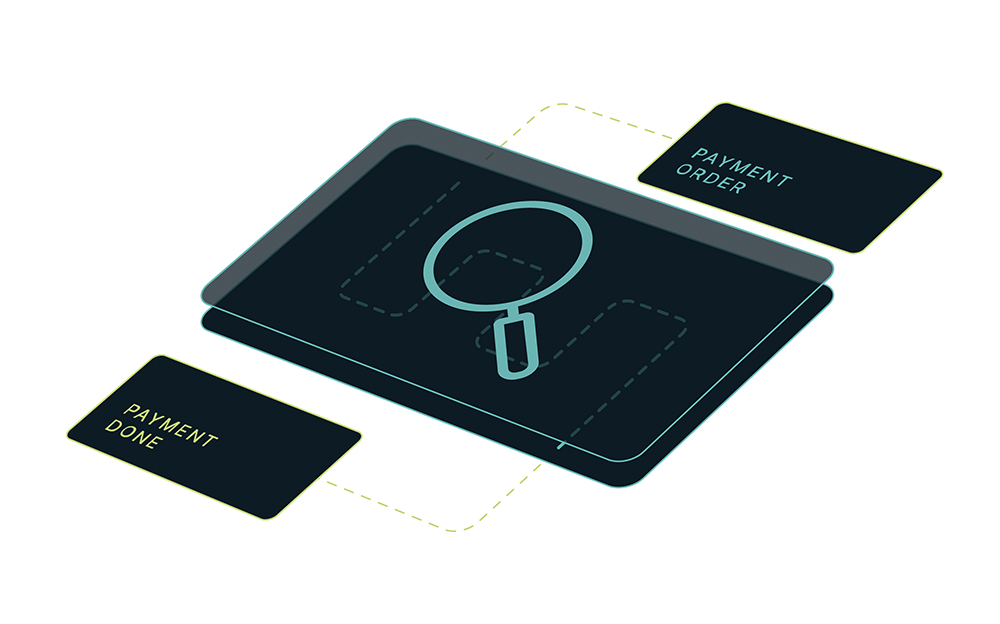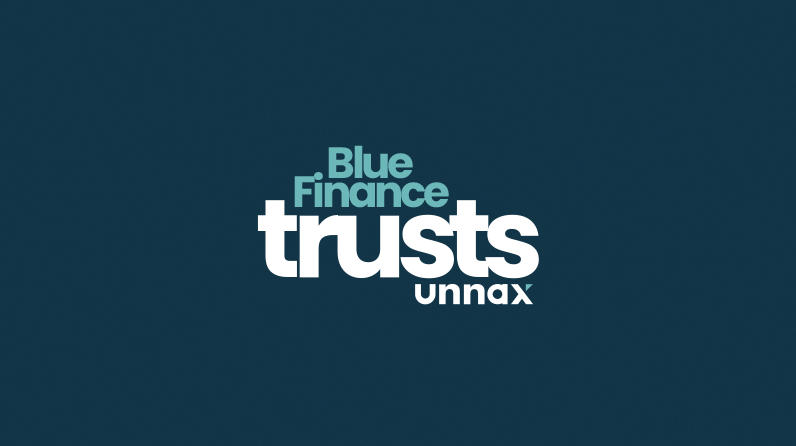When we talk about Open Banking, the UK’s synonymous initiative and the EU’s PSD2 frequently come to mind. It makes sense. The governments there are trailblazing rules and guidelines to share financial data and foster innovation. However, Open Banking doesn’t stop at Europe’s borders.
Around the world, governments, banks, and other financial services companies are embracing Open Banking too. Each approach is different. In some places, regulators are leading the way. In others, industry members are the driving force. Here are some of the more notable countries around the globe where Open Banking is transforming financial services.
Open Banking in Asia-Pacific
Singapore
As the undisputed financial capital of Southeast Asia, Singapore is at the forefront of the regional Open Banking movement. Given the importance of banking to the economy, the market regulator plays a lead role in fostering the transformation. Late last decade, the Markets Authority of Singapore (MAS) published an ‘API Playbook,’ laying out clear guidelines for the distribution of financial data.
In contrast to the UK and the EU, MAS is not making the adoption of guidelines mandatory. Instead, as stated by EY, they believe an organic approach will foster more success. So far, the strategy is paying off. According to Finastra’s Open Banking Readiness report, Singapore is solidly ahead of its APAC peers in many Open Banking metrics.
Indonesia
While not the most advanced economy in the region, Indonesia is the most populous, with over 260 million inhabitants. Combined with a geographically-disconnected yet growing economy, there is ripe potential for banking innovation. Unlike Singapore, the Indonesian government has not yet created a robust framework or sandbox for financial innovation. Instead, the authorities have generally let banks and Fintechs set their own standards.
Most of the growth focuses on two major pain points: banking the unbanked and facilitating payments. According to Accenture, the initiative is paying off, with half of Indonesian adults now able to access basic banking products (up from just 20% in 2011). These trends should continue, coinciding with better mobile network connectivity and increased demand for banking products.
Malaysia
Malaysia is another prominent player in the Southeast Asian financial services sector. In 2018, Bank Negara Malaysia (the central bank) published a set of Open Banking guidelines for industry participants. According to Vincent Fong of Fintech News Malaysia, the central bank has three priorities for Open Banking: improve financial product access for SMEs, open the motor insurance industry, and create a better distribution model for consumer financial products. The regulator also wants to liberalize the lending sector. To that end, it is providing additional licenses to both traditional and Islamic lenders.
Other Open Banking Hotspots in Asia
Other nations in Southeast Asia are also witnessing a rise in Open Banking. According to PWC, Southeast Asia is driving global growth in mobile payments, with Vietnam leading the way. In Thailand, both the national bank and the securities market regulator have steadily released sandboxes and guidelines for payments and trading. As more people in this region escape poverty, the demand for low-cost, Open Banking products will continue to accelerate.
China
As the world’s second-largest economy and most populated nation, China has a unique relationship with Open Banking and Fintech. On the one hand, tech giants Ant Financial and WeChat radically transformed payments. The change has been so radical that Chinese consumers overwhelmingly prefer mobile payments to cash and bank cards.
On the other hand, Open Banking, as we know it in Europe, is still undeveloped in China. The development of a government-backed framework is moving slowly, focusing more on data privacy than APIs. While the industry welcomes these moves, the lack of guidance prevents firms from fully tapping into an enormous, tech-savvy market.
Hong Kong
Hong Kong has a long history as a global financial center. To that end, the Hong Kong Monetary Authority (HKMA) wants to bring competitive smart banking to many silos of retail banking, including payments, product comparisons, and FX. Late last year, the regulator released the newest versions of their API standards. This release brought together 20 different participant institutions, encompassing over 500 APIs. HKMA wants to finalize the norms in 2020 so that the local industry can continue to be a regional fintech leader.
Australia
Australia is presently rolling out a comprehensive Open Banking framework. Similar to the model in the EU, Australia’s version builds from a data control perspective. To that end, the legislature passed the Consumer Data Right (CDR) bill in 2017, laying the foundations for Open Banking. The legislation formulated guidelines for open APIs as well as how and who consumers may share their financial data with. The project is currently in the testing phase with a limited number of participants. The authorities will release it en masse once they and the industry stakeholders have completed thorough testing.
New Zealand
Like Australia, New Zealand’s Open Banking initiative is also in its infancy. The Bank of NZ and self-regulatory organization Payments NZ are working together to build a viable and secure Open Banking framework.
The initiative aims to bring consumer-facing products to market faster through clear tech guidelines. In 2018, six of Payments NZ’s largest member banks began testing common API standards in pursuit of this goal. Concurrently, the New Zealand government began debating a consumer data rights bill, similar to its neighbor across the Tasman Sea.
Open Banking in North America
Canada
In terms of Open Banking, Canada lags behind many of its peers in the developed world. In 2018, the government made a call to action requesting a consultation from both the financial sector and consumer groups. Despite these talks, real progress remains slow. However, a report by Accenture highlighted Canadian consumer demand for Open Banking. Once the government and the industry agree on a framework, Canada should witness a Fintech boom.
The United States
In contrast to the EU or the UK, the US government has yet to codify Open Banking rules. Nevertheless, the lack of regulations hasn’t hindered private sector innovation. For over a decade now, firms such as Mint and Acorns have provided consumers with “personal financial manager” apps. These tools connect to a user’s bank account or accounts, read the financial data, and provide insights on spending habits and savings tips.
Unlike in Open Banking where APIs provide access to data, these Fintechs rely on ‘screen scraping’ to grab personal financial information. In that sense, the US still trails many other parts of the world. The US Treasury Department published guidelines in 2019 to help the industry navigate Open Banking. Yet, as Deloitte notes, there are still some significant hurdles to overcome before American Open Banking can reach its potential. In particular, the US needs to adopt data protection rules and layout technical standards for APIs. Until they tackle these issues, Open Banking growth will remain stunted in the United States.
Open Banking in Latin America
Mexico
Mexico is bucking the trend of its North American neighbors by going full speed ahead with Open Banking. In 2018, the country’s government passed the “Fintech law,” laying the foundations for Mexican Open Banking. While the first Fintech law defined the scope of financial technology, the government promised subsequent bills to refine the concept further.
The government is widely expected to pass an amendment to the bill soon. These additions will layout rules for APIs, making product development faster and more efficient. Further, Mexican authorities recently released a developer sandbox, allowing for rapid ‘proof of concept’ testing. The regulator would like to have all of the largest financial institutions ready to open their data by 2020.
To develop their Open Banking ecosystem, the Mexican government collaborated with UK Open Banking officials. Given this cooperation, Mexico will become a Fintech leader in the Western Hemisphere in the 2020s.
Brazil
In 2019, the Brazilian central bank released its first Open Banking guidelines. This directive mandates that the 12 largest banks must open up their customers’ financial data to third parties. While some of the goals of this initiative are similar to those of other countries, the central bank is embracing Open Banking to address systemic macroeconomic shortcomings.
Brazil has long grappled with inflation volatility. As a result, retail and commercial lending suffered, making it costly and complicated for lenders to issue loans. The central bank believes that Open Banking can add efficiency to this market, which will drive down costs, help the financial sector and make credit more widely accessible.
Other notable LATAM Open Banking developments
In 2019, Colombia’s Fintech association reached an agreement with a consulting firm to develop the nation’s Open Banking. The trade group wants to model their system after the UK’s. To that end, the association has the backing of major financial players in the country
In Argentina, financial industry executives formed a company called “Open Banking Argentina.” The goal is to promote the development of API standards and technology for the betterment of Argentine consumers. The company has the backing of many prominent international Fintechs and banks.
Conclusion
The world is currently going through a massive transformation, both technologically and economically. As more people climb the economic ladder in the digital age, demand for innovative financial products will continue to grow. While Europe and the EU lead the way, countries the world over are embracing Open Banking.
The transformation Open Banking is bringing will not only be hugely disruptive but also tremendously beneficial, creating jobs and prosperity over the coming years. Unnax is helping banks and Fintechs alike manage the demands of Open Banking. As a provider of Open Banking solutions around the globe, Unnax can give firms a competitive edge in these new, uncharted markets. Together, our solutions bring the next generation of financial services to consumers the world over.







